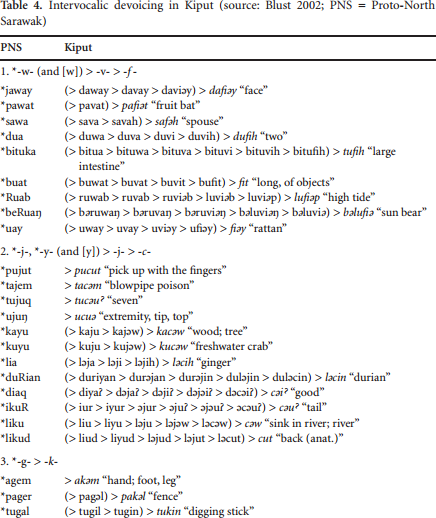Originally posted as a comment here.
The progressive model of normie gender relations is incomplete. On the one hand, it’s true that, under normie gender relations, men lead and women follow; but on the other hand, it’s also true that men are supposed to, for example, open doors for women. Nobody believes that women can’t open doors; so why are men supposed to do it for them? You could say that it’s because of the patriarchy — men want women to be weak and dependent on men — but then you’re saying that 51% of the population have no agency, in order to bolster a theory that can explain these two things, but can’t explain, say, the Scott Aaronson affair.
Let’s make the bold and controversial assumption that women have agency — that is, that they can, to some extent, shape normie gender relations to fit their interests. What sorts of interests do normie women have? Do they want partnerships of equals with soft, prosocial men in touch with their emotions? Do they want that sort of metaphorical homosexuality? Lol, no. That ‘nice guys’ are clueless dorks with entitlement complexes doesn’t mean chicks don’t dig ‘bad boys’.
Here’s a model with more predictive power: normie gender relations consists of a tacit agreement, where men agree to perform attractiveness to the abstract concept of the normie woman (i.e. strength, stoicism, emotionlessness, measured applications of violent anger, etc. — if you prefer, ‘toxic masculinity’) and women agree to perform attractiveness to the abstract concept of the normie man (i.e. weakness and dependence), and each sex enforces, and women especially are encouraged to enforce, normie gender relations by responding to lack of attractiveness with, and genuinely feeling lack of attraction as, disgust. The woman performs being scared by a spider, and the man performs being tough and killing it. If the woman doesn’t perform being scared, the man performs being disgusted; if the man doesn’t perform being tough, the woman performs being disgusted.
If you’re thinking of this as lifestyle D/s performed by people not self-aware enough to realize that’s what they’re doing or what they want, you’re totally wrong: it’s not limited to relationships. It’s the default mode of relation between the sexes — it’s not really even about attractiveness, just about What Is Done. It’s just etiquette. The dynamic even shapes interactions within the family.
Another way to conceptualize it (a better way, if you’re planning a date) is as an exchange of experiences: men provide experiences for women, and get in return the experience, facilitated by the woman, of Being A Man.
This model explains why men are expected to lead, why women are expected to follow, why men are expected to open doors for women, why Scott Aaronson faced so much backlash (he didn’t hold up his end of the bargain, because he performed unattractiveness and unmanliness, admitted to having once felt sad about the thing, etc., so he had to be punished for it, by the unconscious mechanism of women conflating lack of attraction with disgust), why men use disgust to pressure women into not shaving their armpits or whatever, why women respond to that pressure by making a point of performing disgustingness at them, and — why adding women to all-male groups completely changes the dynamic. The implicit threat isn’t an accusation of sexism, although that’s one idiom it can use — it’s that the men suddenly have to hold up the male end of the bargain, both in order to be attractive to the woman (because getting her interested in you confers status) and in order to not face the penalty for breaking it.


Recent Comments